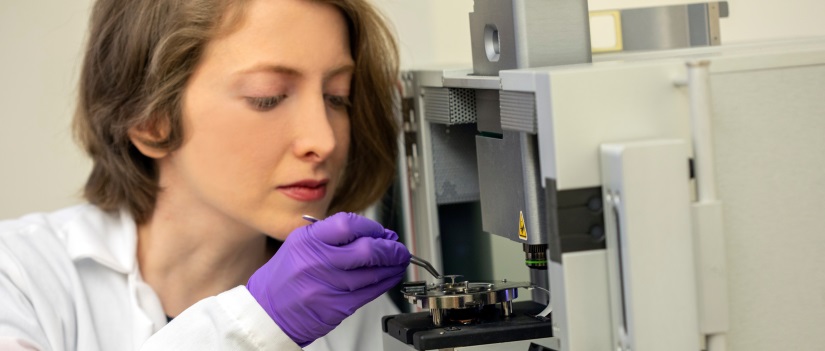About the CENR
The CENR has two major aims. First, it investigates the effects and behaviors of manufactured
and natural nanoparticles in the environment and subsequent effects on environmental
and human health. Secondly, CENR is the developing low hazard and low risk nanotechnologies
for the benefit of human and environmental health.
The Promise and Risk of Nanoscience
Nanoscience deals with materials which are small, usually on the scale of few atoms or as large as a virus. At that size, materials develop new properties which are fundamentally different from larger materials. Over the past decade, nanotechnology has led to the creation of many products using nanomaterials in a range of sectors including clean energy production and environmental remediation.
Despite the advances, nanotechnology is still at an early stage, as is the potential for how nanotechnology can change our lives and our society. There are questions about appropriate development of ‘nano-enabled’ products and many unknowns regarding risks to environment and human health.
The SmartState™ Center for Environmental Nanoscience and Risk (CENR) at the University of South Carolina in the United States is dedicated to understanding how this new field of science will affect our lives, our health, our environment and our world. Their goal is to understand the benefits of nanoscience and their potential risks. The CENR has state of the art laboratories and equipment including a time of flight inductively coupled plasma mass spectrometer (ToF-ICP-MS), from a recent NSF MRI award.
Innovation and Commercialization
Research at the CENR has resulted in six patents and the formation of a startup company GeoMat, LLC. A recent NSF I-Corps customer discovery award has paved the way for future commercialization. The first commercial development will be the use of nanotechnology for the remediation of oil spills in the environment. The same nanotechnology platform is being used for metal remediation and as a health supplement for the treatment of obesity. Future plans include the remediation of other pollutants and the reduction of the harmful effects of fungi in housing and agriculture.
CENR Leadership and Research Priorities
The CENR Director is Dr. Jamie Lead, who joined as USC as the founding CENR Director in August 2012. Prior to this, Dr. Lead was Professor or Environmental Nanoscience at the University of Birmingham, UK, where he was also Director of the Facility for Environmental Nanoparticle Analysis and Characterization (FENAC). Dr. Lead’s research focuses on understanding nanoscale phenomena in the environment and he is backed by a range of faculty, research staff and research students.
The CENR research priorities include synthesis of novel nanoparticles, characterization of their physico-chemical properties, development of new metrology methods, quantifying their toxicity, fate and behavior, developing environmental applications and helping to understand and infrom regulatory-policy and public responses to this emerging technology. The CENR has state of the art experimental and other facilities, backed by a group of highly experienced faculty and research staff.
The CENR offers PhD and postdoctoral research projects in areas relating to the responsible development of nanoscience and nanotechnology and to understanding the hazards and risks of nanomaterials.
